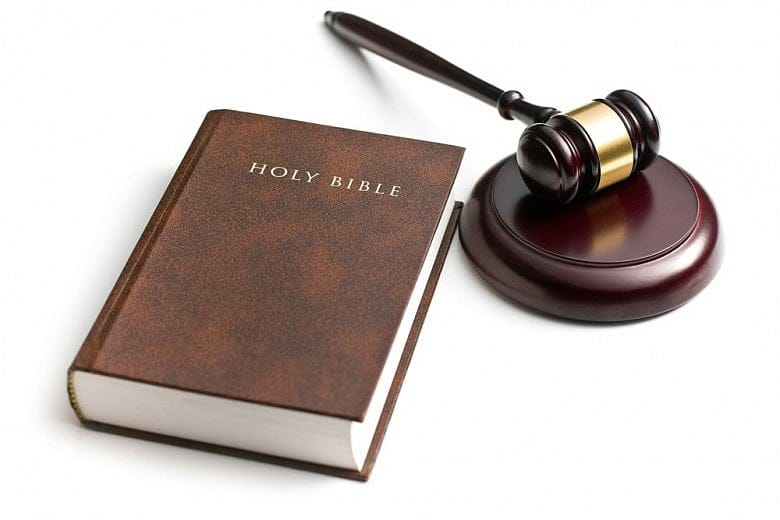Faith and Law: Friends, acquaintances, or enemies?

What do faith and law have to do with each other? Do they have any relation? Should they?

What do faith and law have to do with each other? Do they have any relation? Should they?

On Friday, Nov. 6, the U.S. Supreme Court announced that it will review Little Sisters of the Poor v. Burwell, Secretary of HHS, one of seven similar cases it will hear in March and decide by the end of June. All these cases challenge the adequacy of Obamacare's accommodation for religious organizations — like the Sisters — that provide healthcare or education but who have religiously-based conscientious objections to the provision of coverage for contraceptives, abortion and sterilization that HHS regulations mandate.
Tellingly, the Justice Department had urged the nation's highest court to take up the issue of whether the religious accommodation was adequate under the Religious Freedom Restoration Act (RFRA), because there was a "split in the Circuits," different rulings on the issue from the federal appeals courts, but had advised against taking the Little Sisters case. (It makes for bad public relations.)